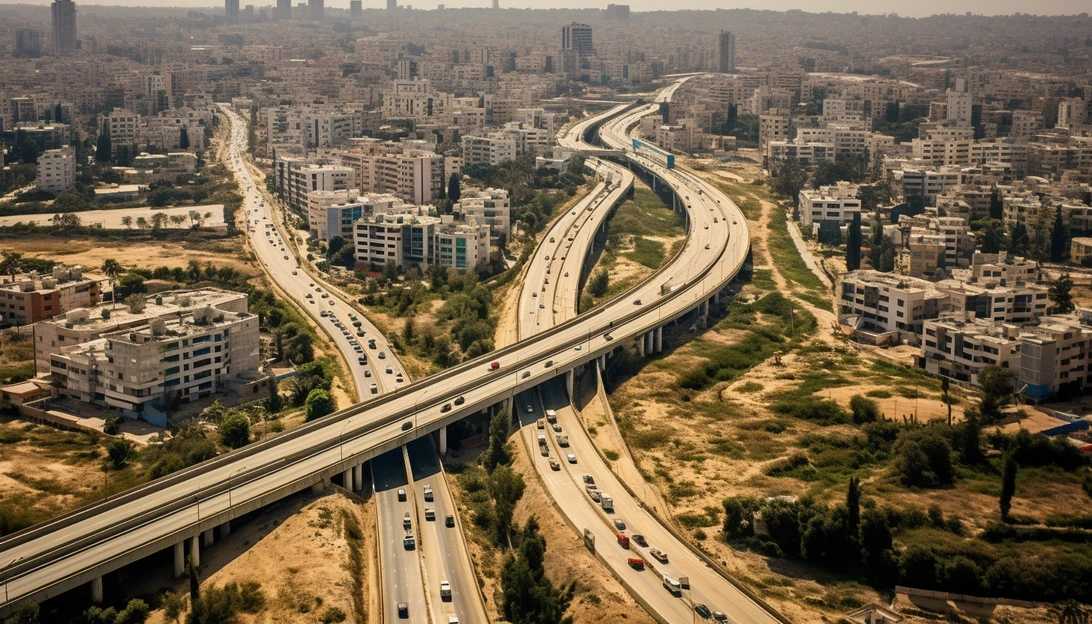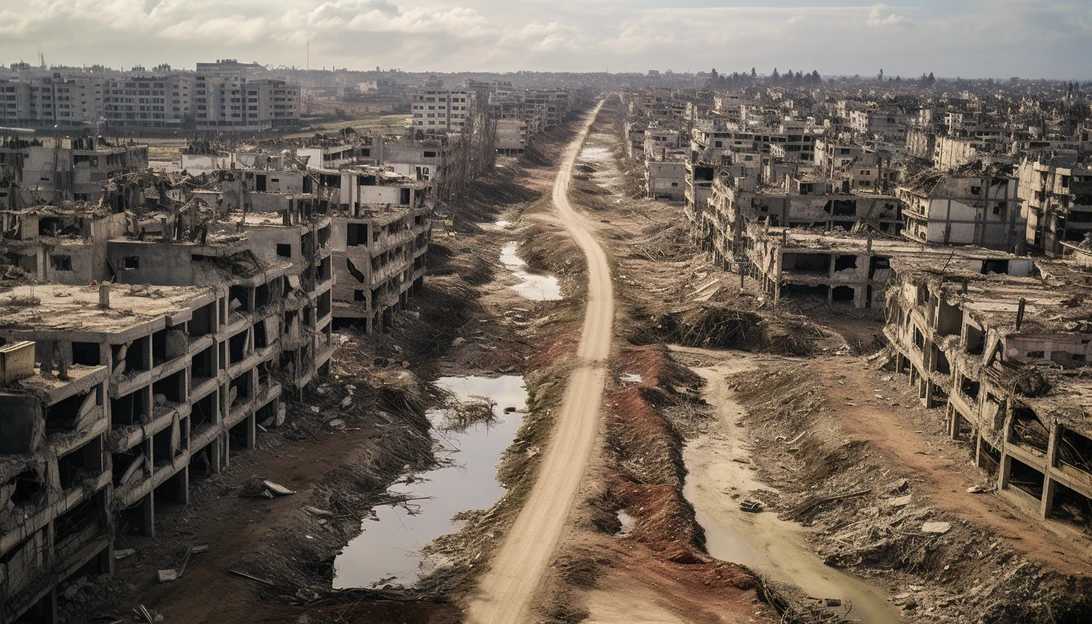Terrorism
published : 2023-11-06
Breaking the Cycle: Can Israel's Ground Offensive Accomplish What Airstrikes Alone Cannot?
A ground invasion may break the cycle of Israeli-Hamas wars that has plagued the region for almost two decades

Nearly three weeks after the Oct. 7 terrorist attacks left 1,400 Israelis dead, Prime Minister Benjamin Netanyahu announced the start of a 'new stage' of its war in Gaza and the much anticipated ground offensive.
But what can such an operation hope to achieve and why launch such a campaign now?
A ground offensive offers Israel the chance to root out Hamas' infrastructure in Gaza, specifically targeting the extensive underground tunnel network known as the 'Gaza metro'.
During Israel's recent clash with Hamas, airstrikes alone were unable to destroy the network, as only 5% of Gaza's tunnels were successfully damaged.
The technical challenge of striking deep underground targets from thousands of feet in the air made it clear that a ground offensive was necessary.
Rescuing hostages held by Hamas is another crucial objective of the operation. Israel has a history of successful rescue operations, such as the famous 1976 Entebbe Operation led by Yonatan Netanyahu.
With over 200 hostages likely held in multiple locations throughout the Gaza Strip, Israel may see no other choice than to employ a military option to bring them home.

Hamas has demanded the release of Palestinian prisoners in exchange for the hostages, which is a nonstarter for Israel considering the past cases where released militants returned to the battlefield and killed more Israelis.
By launching a ground invasion, Israel aims to dislodge Hamas from its control over the Gaza Strip. While military force may not destroy the organization itself, it can deprive Hamas of a physical sanctuary and disrupt its planning and execution of large-scale terrorist attacks.
Such a victory would also cut off Hamas' ability to syphon off aid and taxes from Gaza's already impoverished population, an estimated $450 million a year.
The most significant potential outcome of the ground offensive is breaking the perpetual cycle of Israeli-Hamas wars that has plagued the region for almost two decades.
Removing Hamas from political power opens up the possibility for a better future, although it cannot completely eradicate Palestinian nationalism or Hamas' brutal ideology.
However, it is crucial to recognize the limitations of a ground offensive. It cannot break Palestinian nationalism or completely stamp out Hamas' ideology.
In fact, the aftermath of a destructive military operation may create fertile ground for the rise of Islamic extremism in Gaza.

Achieving a long-term solution in Gaza will require not only rebuilding the destroyed infrastructure but also reconstructing the entire society, which is a complex and costly task.
The history of military-led reconstruction efforts has had both notable successes and infamous failures.
Ultimately, the success of any reconstruction effort will depend on recognizing the limitations of the ground war and making a sincere attempt to rebuild Gaza.
Without such an attempt, the likely outcome is a continuous cycle of ever-bloodier Gaza wars and growing extremism.
Prime Minister Netanyahu warns Israelis of a 'long and hard' war ahead, emphasizing the importance of recognizing the limitations of the ground offensive.
The future of Gaza and the region depends on making strategic choices that can ultimately bring about a lasting peace.
